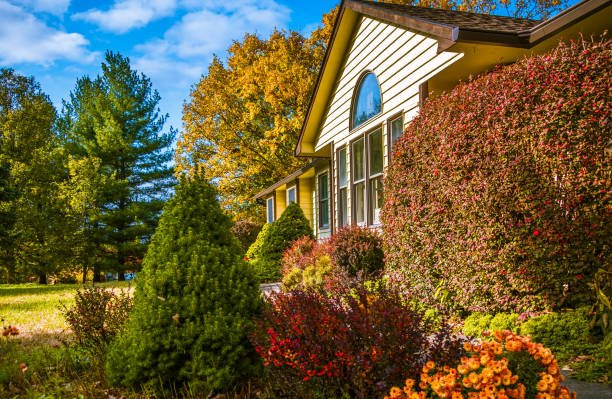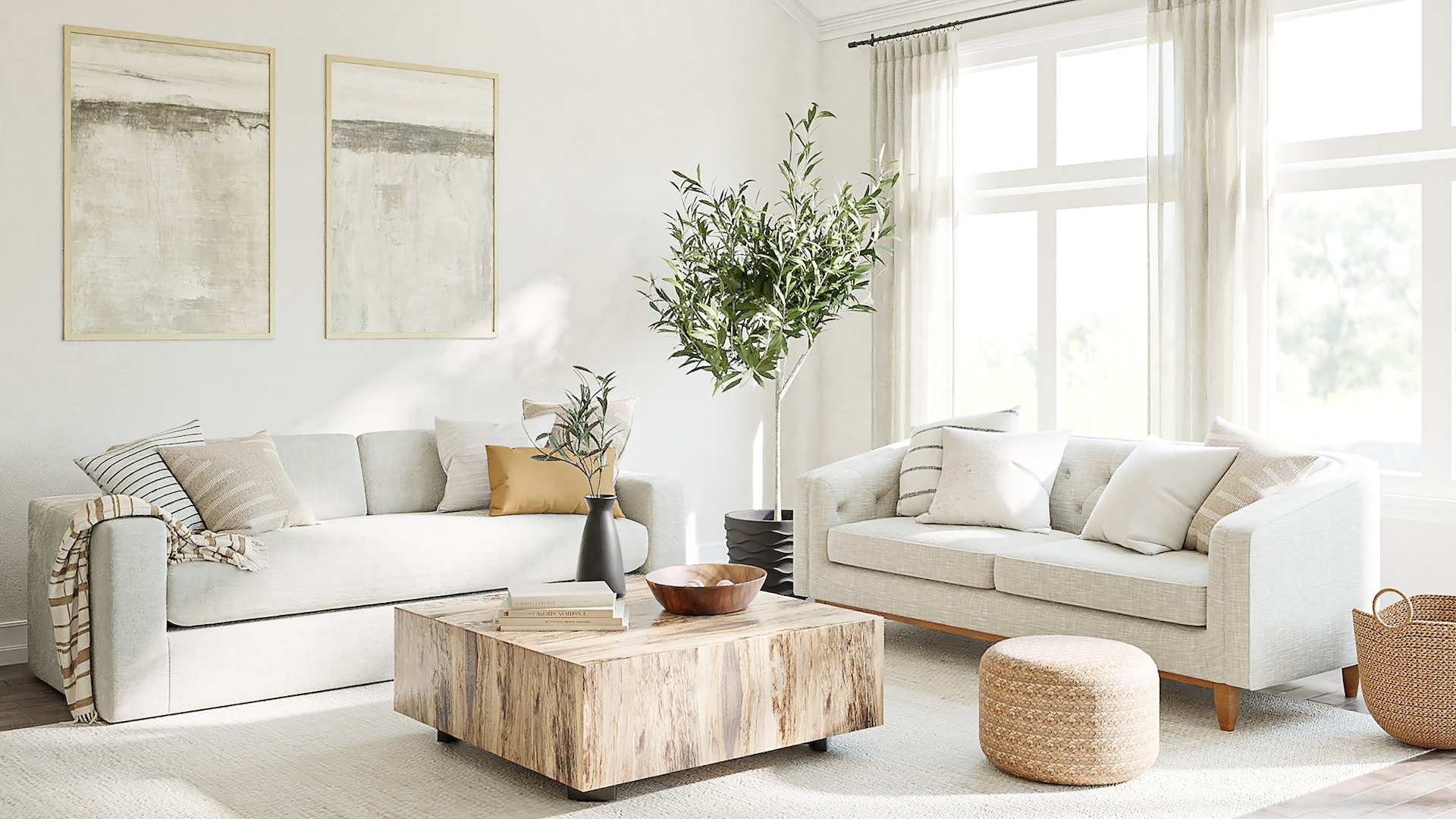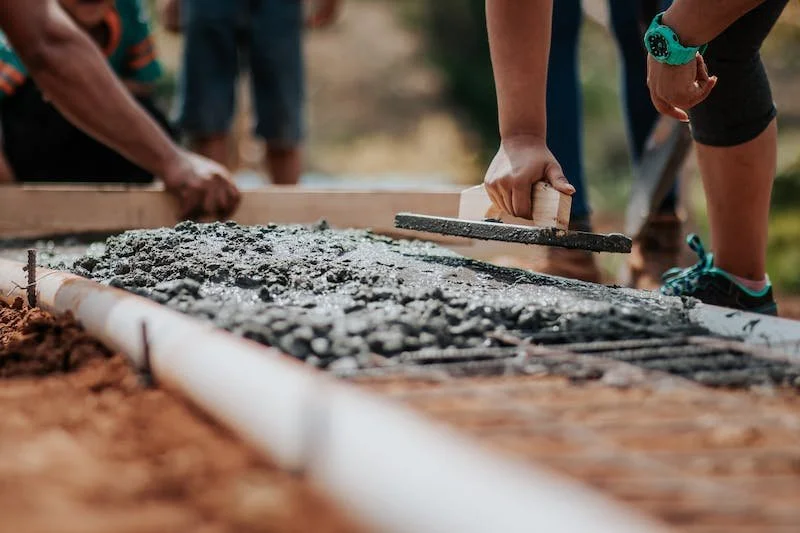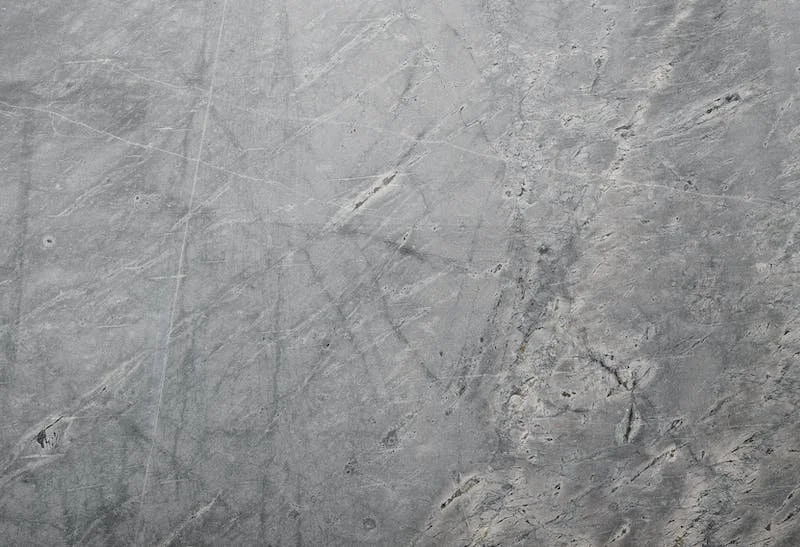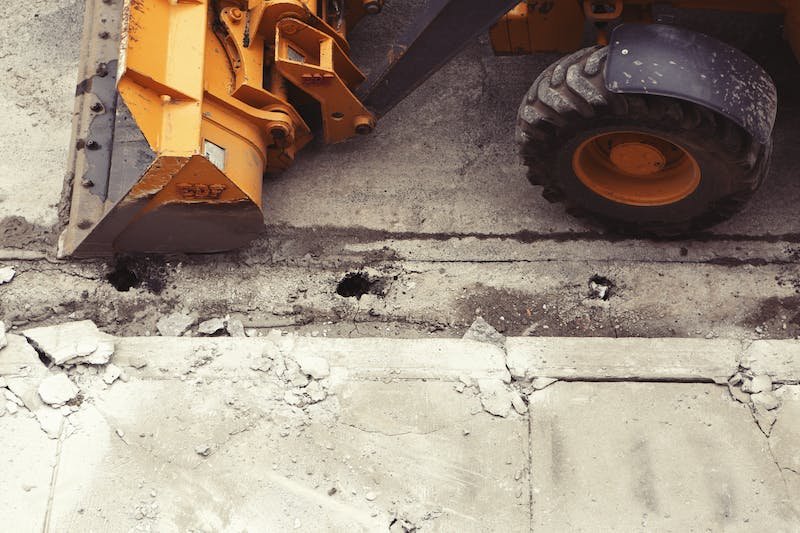Getting To Know Your Neighbors After Moving In
RH Business Marketing Solutions
Moving to a new home in an unfamiliar neighborhood is an exciting time. Of course, it does come with certain challenges, such as overcoming the intimidation of meeting the neighbors. Even the most extroverted among us may have trouble reaching out to strangers and putting their best foot forward.
If you’ve just landed somewhere new or are making plans to, it helps to know how best to go about it ahead of time. To help point you in the right direction, here are a few strategies you could try when getting to know your new neighbors.
Be Friendly
While this first suggestion may seem like a no-brainer, there is definitely something to making yourself approachable. Be sure to wave and smile to everyone. Even if you’re still in the throes of moving day, it’s advantageous to make eye contact, say hello and be receptive to people. Doing so shows you’re open to getting to know them, even if right now isn’t a great time.
As you settle in, continue to carry out these simple acts. When the opportunity presents itself, you can shift the greeting into a casual exchange. Such introductory conversations could be on the local schools, sports teams, career paths or something as simple as the weather. Don’t wait too long though. You want to progress past simply waving sooner rather than later. Otherwise, you could be stuck at this awkward stage for months or even years.
Stroll Through the Neighborhood
The chance to strike up a conversation typically won’t land in your lap. It’s best to be proactive about it. A great way to do just that is to take walks. Beneficial as exercise for you and your dog if you have one, these walks present openings to “bump into” the neighbors informally. Plus, dogs also make it easy for others to find you approachable and initiate conversations.
Plan for the most opportune time of day and to take a leisurely route. That way, you could chance upon people when they’re outside and free to talk. You’ll also want to think of some conversation starters beforehand, such as commenting on their home. If all goes well, let the people you meet know your name, where you live and that you look forward to seeing them in the future.
Invite People Over
One approach to get to know several people all in one go is to throw a housewarming party. While you may be thinking of just having over friends and family, adding your neighbors to the guest list is a great way to show them your eagerness for moving past being strangers. The affair doesn’t have to be fancy or impressive. Simply set a date for a casual, BYOB backyard get-together and fire up the grill.
As mentioned above, be ready with things to talk about. Ask personal questions such as where they’re from, what they do for work and so on. It could also be constructive to seek their advice. Whether you’re looking for a local landscaper or the best pizza in town, these topics are safe and easy while still being productive. The same goes for offering help. Volunteering to assist on a neighbor’s upcoming project or with an HOA event shows you’re here to lend a hand. The more you put in, the more you get out as the saying goes.
Remember to Be a Good Neighbor
There are few do’s and don’ts when it comes to meeting the neighbors as well as staying in their good graces. Things to keep in mind include:
1. Don’t ask for a bunch of favors — one or two over time is okay depending on the ask.
2. Don’t be overly defensive or passive aggressive.
3. Do keep excessive noise to a minimum.
4. Do clean up after pets and kids.
5. Don’t be intrusive or a gossip.
6. Do set your own boundaries early on and respect those made by others.
As you explore the neighborhood and get to know its residents, don’t forget that building relationships takes time and effort. If you keep at it, you may just make connections that last a lifetime.
Author bio: Stan Caramalac is the founder and CEO of Move Central. He started the company because he truly believed that moving could be simple as long as it was done efficiently. He strives to help people make their moves smoother and less stressful. Caramalac and his team proudly serve San Diego, Orange County, Los Angeles and the Bay Area.
Resources
https://agworkers.com/the-dos-and-donts-of-meeting-new-neighbors
https://www.moving.com/tips/12-tips-for-getting-to-know-your-neighbors








